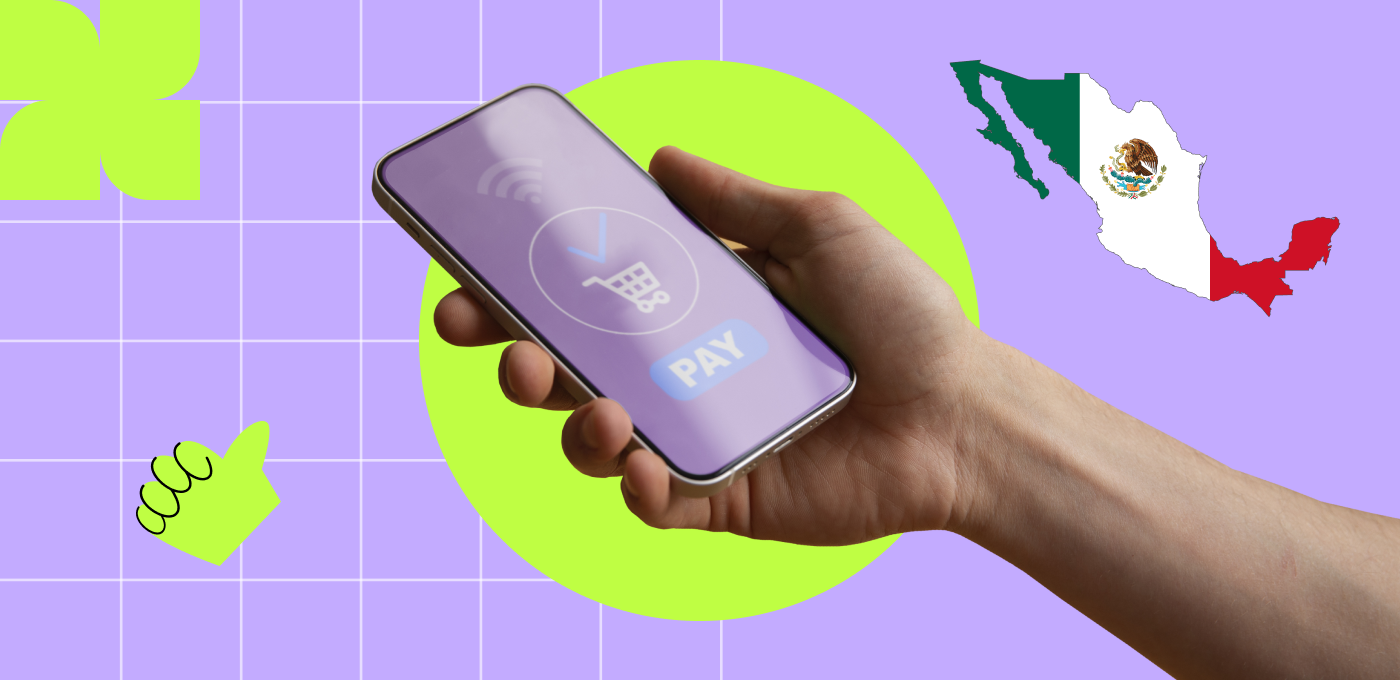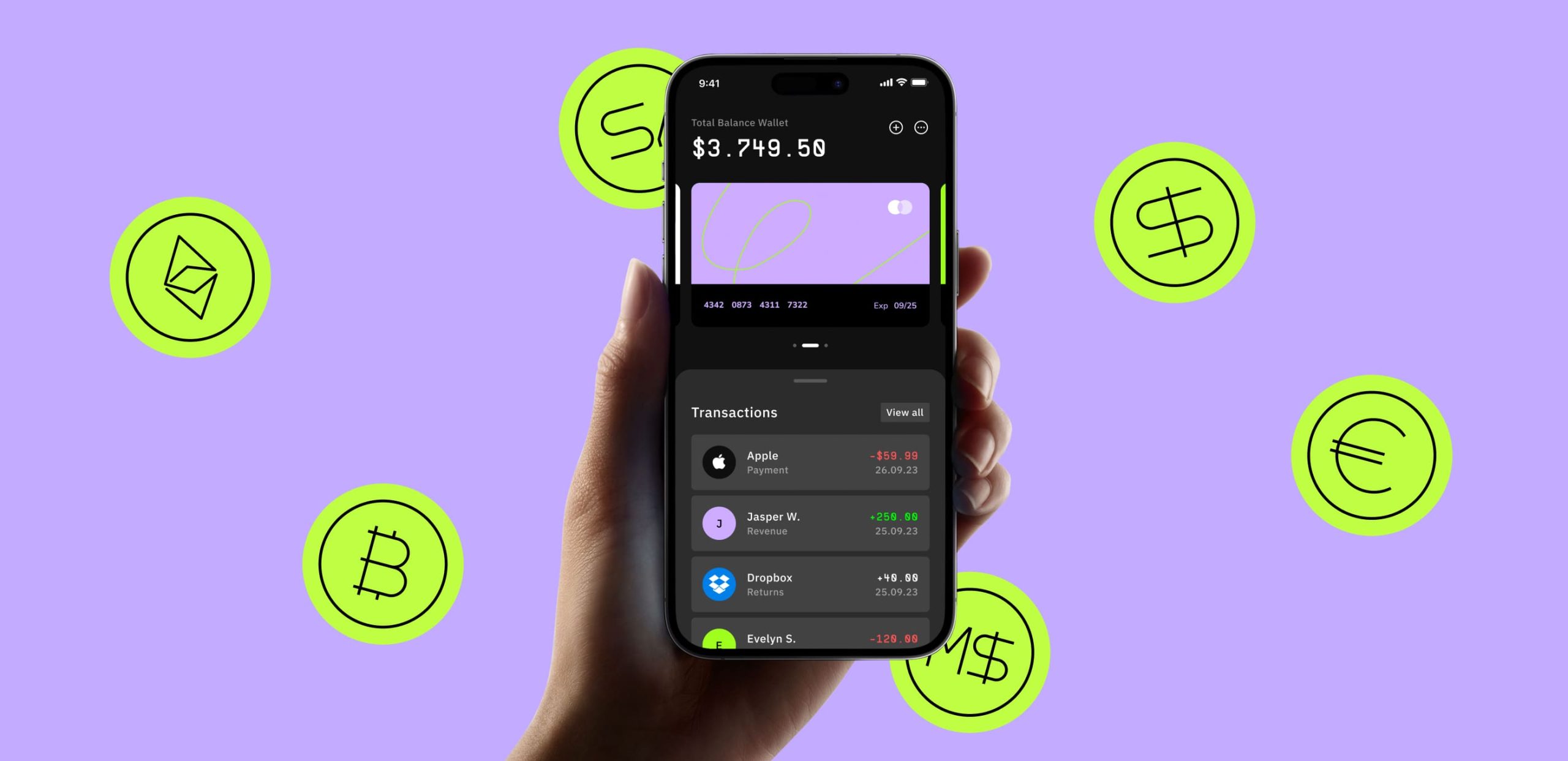Brazil, as the largest economy in Latin America, presents an attractive and continuously growing e-commerce market. With a population of over 200 million people and a growing middle class, the country offers numerous opportunities for online businesses of small, medium, and large enterprises. But success in this dynamic market depends on an important factor: understanding the payment preferences of Brazilian consumers.
In recent years, the payment landscape in Brazil has undergone significant transformations. The covid-19 pandemic accelerated the adoption of digital payment methods, while financial innovation led by the Central Bank of Brazil introduced new methods that quickly gained popularity. From the traditional bank slip to the revolutionary Pix, Brazilians now have a wide range of payment options that meet different needs and situations.
In this article, we will explore current trends in e-commerce in Brazil and analyze the most popular payment methods in the country. We will detail the role of credit cards, the innovation brought by Pix, the persistent relevance of the bank slip, and the growth of digital wallets.
E-commerce and payment trends in Brazil
Over the past decade, Brazilian e-commerce revenue has grown from R$ 22.5 billion in 2012 to approximately R$ 170 billion in 2022, representing an accumulated increase of over 655%. This remarkable growth reflects the transformation of consumer behavior in the country and the evolution of the digital payments market to meet new consumer demands. With the fifth largest digital population in the world, Brazil is expected to reach 190 million internet users by 2027.
This increase in connectivity further drives e-commerce and the adoption of digital payment methods. The payments industry in Brazil is agile and dynamic, with a high level of banking penetration: 84% of the population has access to banking services, surpassing the regional average of 73.5%. This progress is driven by increasing digitalization and the rise of financial inclusion, providing a favorable environment for the adoption of new payment methods.
What are the most common payment methods in Brazil?
The payment landscape in Brazil is characterized by a mix of traditional and modern methods, including credit cards, PIX, bank slip, and digital wallets. Each of these payment methods has unique characteristics that appeal to different segments of the population. Check it out:
Credit cards
Credit cards are the most used payment method in Brazil, representing a significant portion of online transactions. Brazilians prefer credit cards for their convenience and the ability to pay in installments, a feature known as “installment” or something like “buy now and start paying after 30 days”. This allows consumers to spread the cost of a purchase over several months, making higher-value items more accessible. The availability and accessibility of credit cards in Brazil have resulted in a number of cards that exceed the country’s population.
According to data from the Central Bank (BC), there were 98.9 million active cards in December 2018. This number increased to 208.7 million by the end of 2022. In 2023, Brazilians made R$ 3.73 trillion in payments using credit, debit, and prepaid cards. This represents an increase of 10.1% compared to 2022. In the fourth quarter of 2023 alone, card spending reached R$ 1 trillion, an increase of 9.8% compared to the same period the previous year. These data are provided by the Brazilian Association of Credit Card Companies and Services (Abecs), which represents the sector.
According to Abecs, there were 42.2 billion card transactions in 2023, an increase of 13.1% compared to 2022. To give an idea of the magnitude, the entity reports that there are 1,340 transactions per second in the country. The main credit card brands in Brazil include Visa, MasterCard, and the local brand Elo. In addition, many Brazilians use co-branded cards offered by retailers, which provide additional benefits such as discounts and loyalty points. Security features such as EMV chips and two-factor authentication are commonly used to protect against fraud.
Pix
Introduced by the Central Bank of Brazil in November 2020, Pix revolutionized the payment landscape in Brazil. It is an instant and fee-free payment system that allows users to transfer money in real time, 24 hours a day, 7 days a week. The adoption of Pix was rapid, with millions of Brazilians using it for daily transactions. In April of this year, Pix surpassed the mark of 200 million transactions in a single day.
According to the most recent monthly statistics, the system accumulated 161.99 million users, of which 147.95 million were individuals and 14.04 million were legal entities. In February 2024, consolidated data indicate that Pix moved more than R$ 1.71 trillion.
The success of Pix can be attributed to its simplicity and cost-effectiveness. It eliminates the need for intermediaries, excluding transaction fees and processing times. Consumers can make payments using a variety of identifiers, such as phone numbers, email addresses, or QR codes. For businesses, Pix offers the advantage of immediate availability of funds, improving cash flow management. Moreover, consumers often find promotions and discounts when using this payment method, especially in online commerce.
Bank slip
The bank slip, or simply “boleto”, is a popular payment method in Brazil, particularly among those who do not have access to credit cards or prefer not to use them. It is a type of bank voucher that consumers can pay at banks, ATMs, or even convenience stores. The process involves generating a bank slip, which includes a barcode and payment information. The customer can then pay the bank slip in cash or by bank transfer. Once the payment is processed, the merchant is notified and the order is fulfilled. The bank slip is favored for its simplicity and accessibility, becoming the preferred choice for many Brazilians.
Digital wallets
Digital wallets are gaining traction in Brazil, especially among younger and technologically savvy consumers. Services like PayPal, Google Pay, and local options such as MercadoPago and PicPay offer convenient and secure ways to pay online and in physical stores.
Digital wallets store payment information and allow users to make transactions with a few clicks or taps. They often come with additional security features such as encryption and biometric authentication. For merchants, accepting digital wallets can lead to higher conversion rates and customer satisfaction due to simplified checkout processes.
Grow your business by introducing new payment methods in Brazil with LaFinteca
Expanding into the Brazilian market requires an analytical understanding of the behavior and diverse preferences of local consumers. By integrating popular payment methods such as credit cards, Pix, bank slips, and digital wallets, companies can enhance the customer experience and increase sales.
LaFinteca offers a comprehensive solution for companies looking to navigate the complex Brazilian payment landscape. The payment gateway provides integration with multiple payment methods, ensuring that companies can meet the diverse needs of Brazilian consumers while improving product and service acquisition without neglecting security.
With LaFinteca, companies can leverage local expertise to optimize payment processes, reduce transaction costs and increase conversion rates. Whether you’re a global e-commerce giant or a small business, partnering with LaFinteca can help you understand and succeed in the Brazilian market.
Final considerations Understanding the most popular payment methods in Brazil is essential for companies aiming to succeed in this lucrative market. The diverse payment landscape, ranging from traditional methods like credit cards and bank slips to modern solutions like Pix and digital wallets, reflects the evolving preferences of Brazilian consumers. By adopting these payment methods, companies can provide a better shopping experience, increase customer loyalty, and drive growth.
As Brazil continues to embrace digitalization, staying ahead of payment trends will be crucial for businesses. Partnering with experts like LaFinteca can ensure that you are equipped with the right tools to navigate the Brazilian payment ecosystem and seize the opportunities it presents.
 Brazil
Brazil  Argentina
Argentina  Mexico
Mexico  Peru
Peru  Chile
Chile  Colombia
Colombia  Ecuador
Ecuador 




